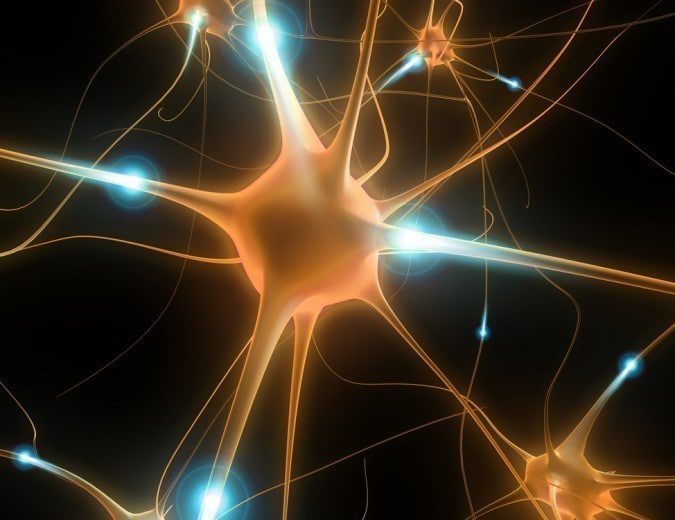Psychedelic substances like ayahuasca are renowned for helping people move on from past traumas, even when they become deeply rooted in mental disorders like PTSD. But how do the psychedelics actually affect the brain?
In this video, “How Does Ayahuasca Work? The Brain Explained,” we learn about the links between memory and emotion and how ayahuasca can help you let go of even your most traumatic experiences.
Ayahuasca works on three different parts of the brain, the video explains. For one thing, it causes the brain’s neocortex to become hyperactivated. The neocortex is responsible for motor functions, sensory perception, conscious thought and language — in order words, it’s what allows us to know ourselves and to interact with the world. “This is where we perceive, reason and make decisions,” the video explains.
During an ayahuasca trip there is also activity in the amygdala, where long-term memories are stored, and the insula, the part of the brain that links emotional impulses and decision making.
“When any stimulus enters the brain, the brain tries to understand it based on previous experiences,” the video says. “This pattern is like a shortcut, activated every time we face a similar situation.” That’s why trauma or other powerful events can make such an impact when they occur early in life.
If you are attacked by a dog as a child, for example, your brain might automatically associate the experience with any canine encounter, causing you to fear dogs for the rest of your life. “We might even react adversely to a distant bark,” the film states. Even if you can logically recognize that every dog is not going to be a threat, your initial reaction could still be one of programmed fear. And if events are repeated with the same result, the patterns only reinforce their connections, building up like scar tissue.
That’s where psychedelics can help. “Ayahuasca hyperactivates the entire brain region where we store and process emotional memory, often uncovering long-forgotten memories,” the video says. “This hyperactivation enables the conscious part of the new brain to temporarily override previously entrenched patterns, allowing new connections to be made.”
Memories can then be reevaluated and experiences addressed with more distance from the reflexive reactions to previous trauma. For example, an ayahuasca journey could allow the person who is afraid of dogs to break the fear’s hold on their brain and move past the negative encounter.
“Ayahuasca users typically describe having emerged with new perspectives on past experiences and deeply rooted patterns of behavior,” the film concludes.
